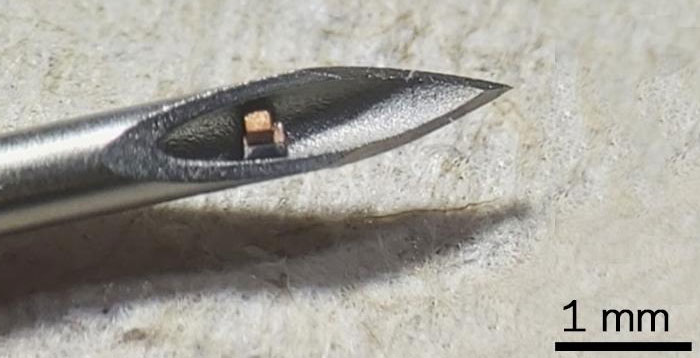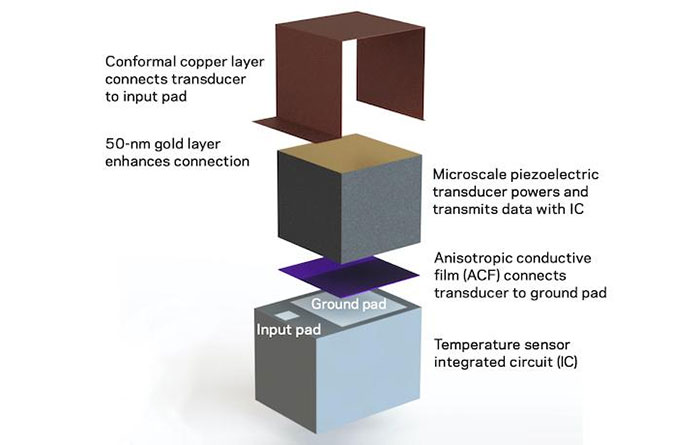We often write about the race to shrink transistors to very smaller dimensions with a view to the PC industry – as that is a major focus of HEXUS. However, it is sometimes interesting to take a sideways glance at what other advances these miniature modern marvels can enable. A blog post by Columbia University on Wednesday provides some insight into using the latest TSMC made chips in med-tech devices. As you can see from our main picture these chipmaking advancements have enabled "the world's smallest single-chip system," which is tiny enough to fit in the tip of a hypodermic needle.

On the project, study leader Ken Shepard, Lau Family professor of electrical engineering and professor of biomedical engineering, said that "We wanted to see how far we could push the limits on how small a functioning chip we could make." Shepard went on to talk about how this demo is a working example of a 'Chip as System', which could be a revolutionary development for developing and injecting a whole host of "wireless, miniaturized implantable medical devices," with various sensors and so on.
The particular chip you can see above, nestled in the needle's hollow, is a temperature sensor that can offer highly localised and accurate readings. It is powered and communicates via ultrasound technology, as that was considered the best solution for this miniature application. When the device encounters ultrasound waves, they allow it to power-up and then it uses the same component to transmit its readings.
Shepard provided some further insight into how the component technology was developed: "This is a nice example of 'more than Moore' technology—we introduced new materials onto standard complementary metal-oxide-semiconductor to provide new function," commented the project leader. "In this case, we added piezoelectric materials directly onto the integrated circuit to transducer acoustic energy to electrical energy."

The R&D team are looking at implementing a wide range of injectable sensors to monitor and report on temperature, blood pressure, glucose, and respiration for both diagnostic and therapeutic procedures.
Columbia's research team have put together a paper on the above, which is available to view via Science Advances.













